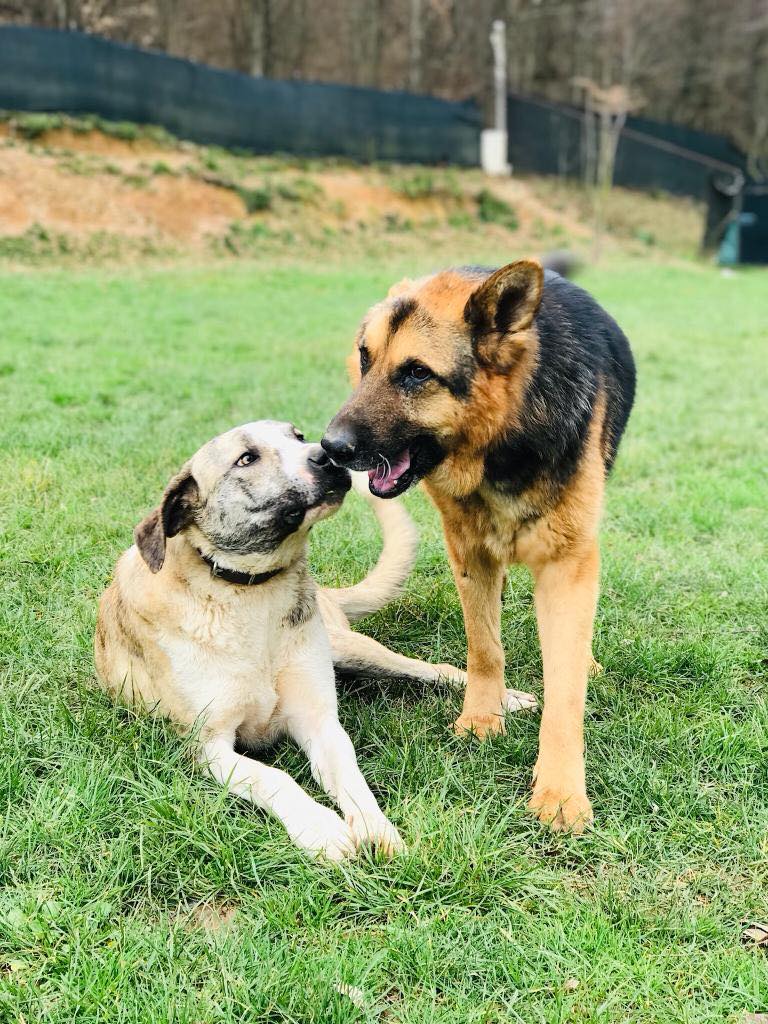Congratulations on choosing to foster or adopt a rescue dog!
Dog introductions
We realize that our fosters also have personal dogs. If you do have a personal dog or dogs, then you will want to do the introduction one at a time first. We find that the best idea to introduce them is by doing this outside in a yard or even on a walk. The dogs should be on a leash and be allowed enough space to get adjusted to one another.
It is also best to keep “valued items” such as food, toys, rawhides, bones or anything else that is your dogs up and away while the dogs are interacting. Such items can cause a fight or disagreement as most pets will regard what is theirs, as theirs. Also, it is best to not feed your pets and your foster in the same room initially. This is something that should be worked up to.
Cat introductions
It is very hard for us to “cat-test” our dogs. For this reason, we ask that you make the introduction to cats as safe as possible. We do suggest that you keep them separated at first. Over the course of one to two weeks, let your foster dog and cat smell one another through a door or through a crate, but do not allow them contact to one another. Another helpful tip is to exchange the bedding that they sleep on. For example, if you have a blanket for the dog and one for the cat, switch them so they can get used to one another smell.
After the week or two slow introductions, you can allow your foster dog on a leash in the same area that your cat is. If you have more than one cat, we still suggest to introduce them one at a time. Watch the body language of each animal closely to determine if it is safe play or not. Finally, never leave your foster dog and cat unsupervised.
Children and dogs
As with cats, we cannot “kid-test” our dogs while they are in Turkey. For this reason, we ask you to please use caution when introducing your child to your foster dog. Some of our dogs have lived their entire life in the landfill and never met a child. While some of the street dogs we rescue we don’t always know their history or tolerance level for children. In either case we do ask that you please teach your children how to act respectfully as well as responsibly around your foster dog. Some key things to remind your children are:
- Always allow the foster dog alone while eating, chewing on a bone or sleeping.
- Do not take away a toy or prized possession from the foster dog, and do not tease the foster dog.
- Don’t chase the foster dog around the house or run quickly around the foster dog; it may scare the dog.
- Since some dogs cannot tell the difference in toys, it might be best to pick up the child’s toys so the dog does not chew on them.
- We ask that you do not allow young children to walk the foster dog. This is simply to ensure the safety of both the child and dog since the child might not be strong enough or experienced enough to handle any encounters that may arise during a walk.



Leave a Reply